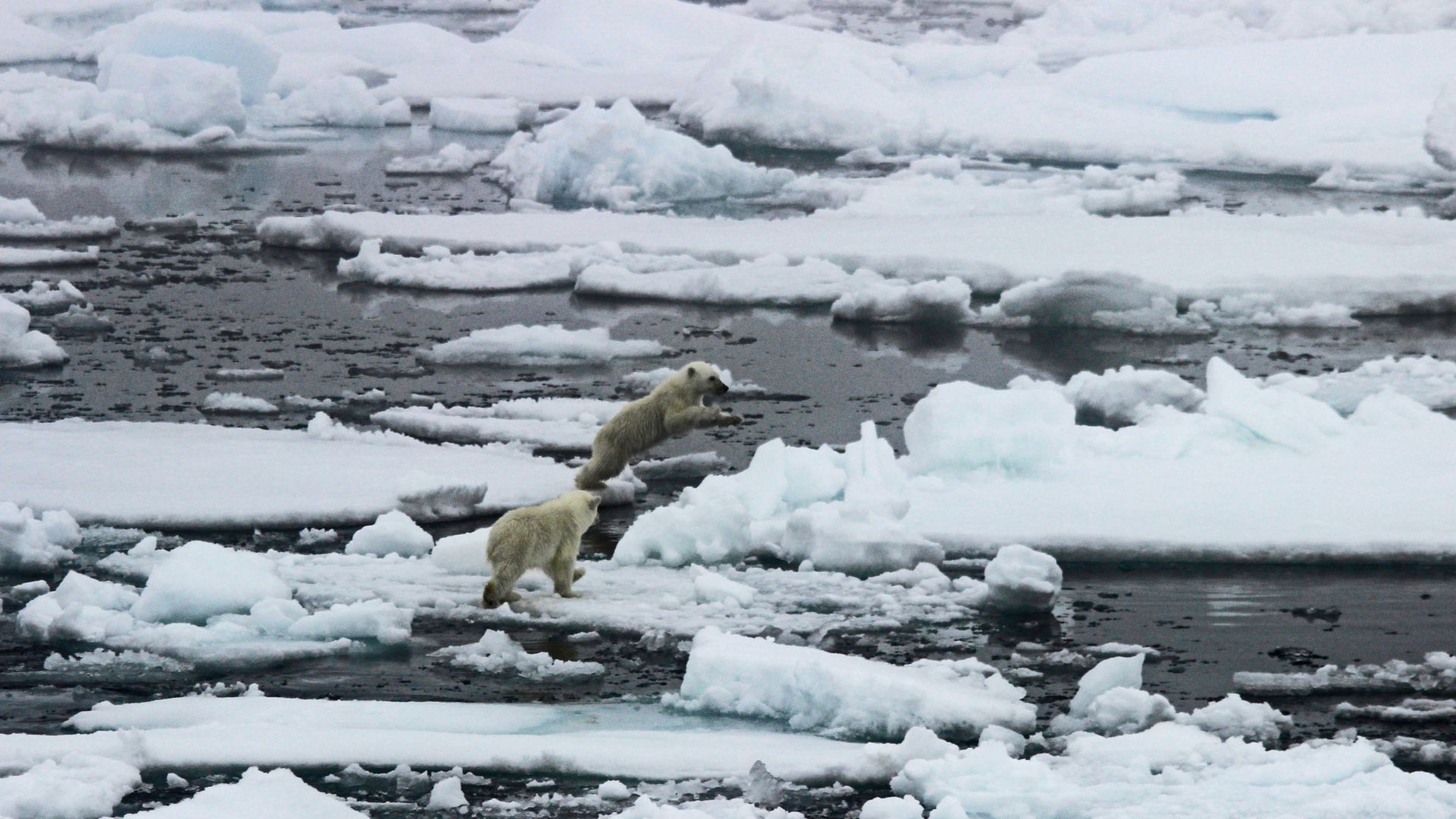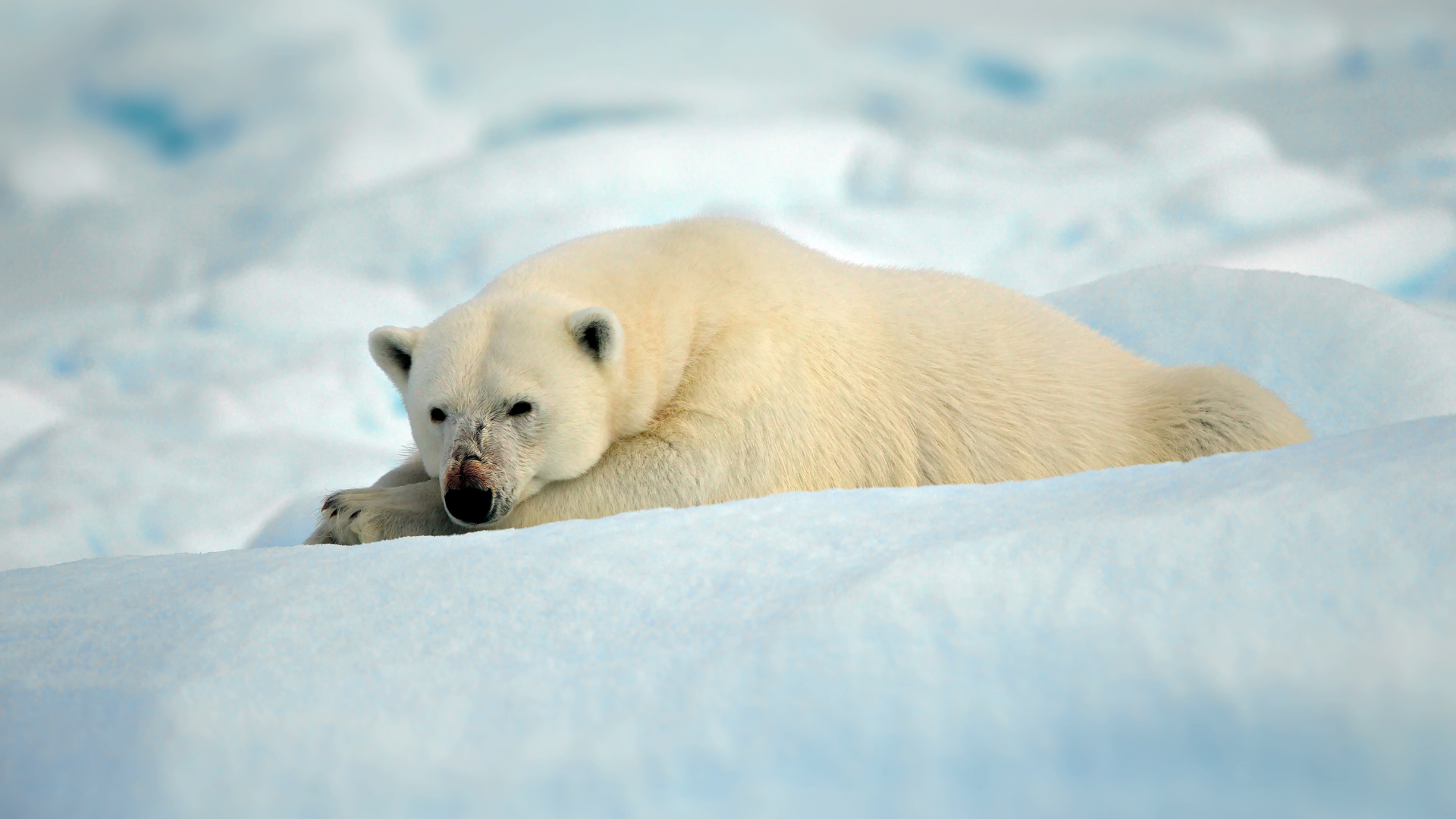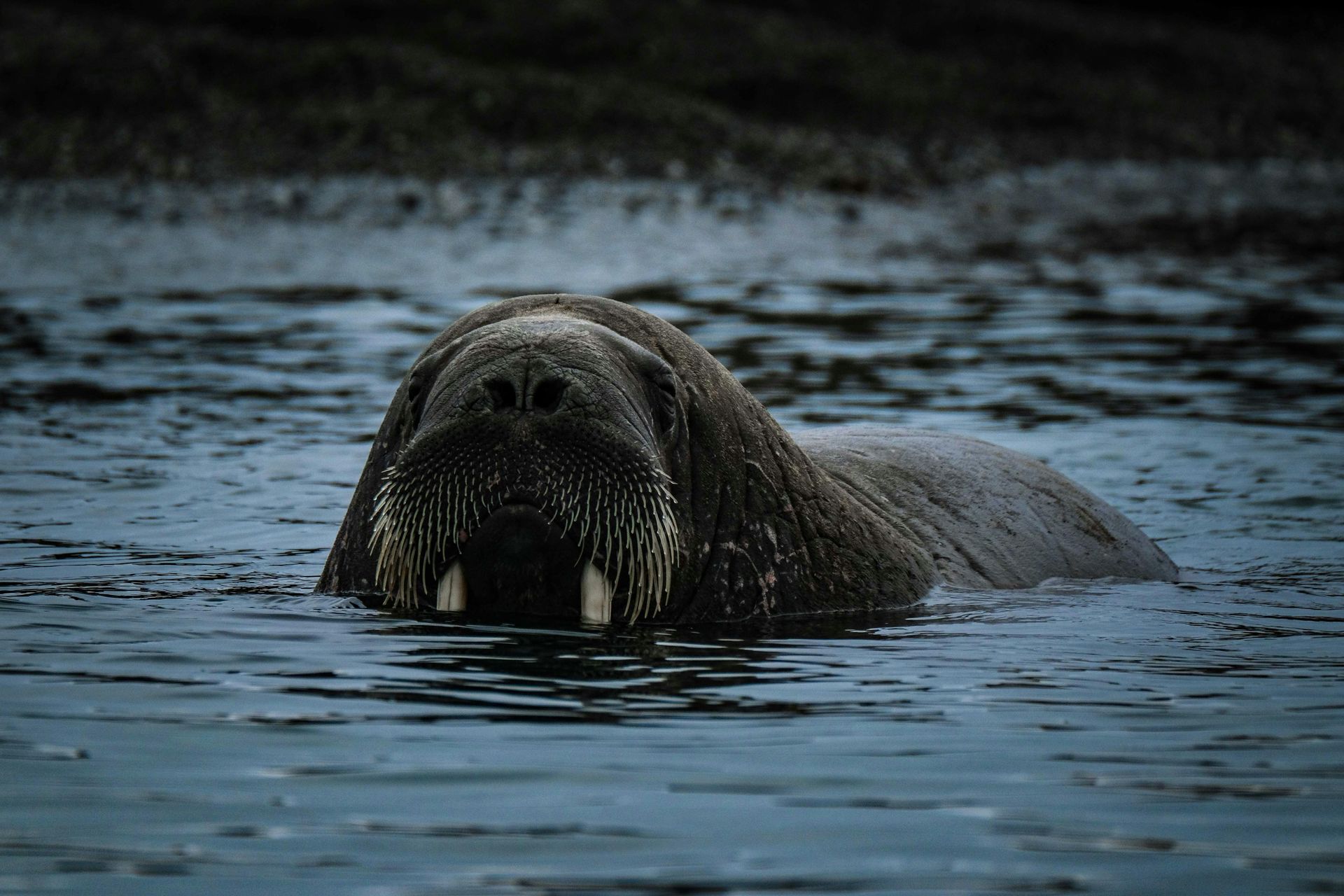Svalbard: Most Spotted Animals in March
Svalbard: Most Spotted Animals in March

March in Svalbard marks the slow return of longer daylight hours, making it easier to spot wildlife in the snow-covered landscape. The Arctic region, still gripped by winter, offers incredible opportunities for wildlife enthusiasts to observe some of the most iconic animals that call this wilderness home. During this time, polar bears, Arctic foxes, and Svalbard reindeer are among the most frequently spotted animals as they continue to navigate the icy terrain.
Polar bears, the apex predators of the Arctic, are one of the most sought-after animals to observe in March. These majestic creatures are primarily found on the sea ice, where they hunt seals, their main prey. Although polar bears are solitary by nature, they are often seen patrolling the ice, searching for their next meal. As the daylight hours increase, tour operators can more easily locate these bears, offering visitors a rare chance to see them in their natural habitat. Observing a polar bear in the wild is a highlight for any trip to Svalbard, providing an unforgettable glimpse into the life of this powerful animal.
Arctic foxes, with their thick white winter coats, continue to be a common sight in March. These resilient creatures are adapted to survive the harsh winter conditions, and they can often be seen scavenging for food along the coastline or in the tundra. Their keen sense of smell helps them locate carrion or leftovers from polar bear kills. Arctic foxes are known for their playful and curious nature, making them a favorite among wildlife watchers who venture into Svalbard during the winter months.
The Svalbard reindeer, a unique subspecies of reindeer, is also commonly spotted during March. These animals have shorter legs and stockier bodies than their mainland counterparts, allowing them to conserve heat in the frigid Arctic temperatures. Despite the deep snow, Svalbard reindeer are often seen grazing on the sparse vegetation they uncover by digging through the snow with their hooves. Their ability to endure the extreme cold and limited food supply is a testament to their incredible adaptations to the Arctic environment.
Seals, particularly ringed and bearded seals, are active throughout March and are often seen resting on the ice or surfacing through breathing holes. These seals are a critical food source for polar bears, and their presence on the sea ice is a sign that the polar bears are nearby. Watching seals as they navigate the icy waters is a fascinating experience, offering a glimpse into the life of Arctic marine mammals that have evolved to thrive in the coldest conditions on Earth.
While birdlife in Svalbard is still relatively scarce during March, some species remain active. The ptarmigan, a hardy bird that has adapted to the Arctic’s extreme cold, is often seen during this time. With its white feathers blending seamlessly into the snowy landscape, the ptarmigan is well camouflaged, making it difficult to spot unless it moves. These birds forage for food in the snow and are a reminder of the resilience of life in the Arctic.
Another bird commonly seen in March is the Svalbard rock ptarmigan, a subspecies that is uniquely adapted to the harsh conditions of the region. These birds are typically found in the tundra, where they feed on willow buds and other vegetation buried beneath the snow. Their ability to survive in such an inhospitable environment makes them a remarkable species to observe during wildlife tours in Svalbard.
In addition to these land animals, the waters surrounding Svalbard are home to various marine mammals, including whales and walruses. While sightings of these animals are less frequent during the winter months, there is always the possibility of encountering them on a boat tour or from the shore. These majestic creatures add to the allure of Svalbard’s wildlife, offering a glimpse into the diverse and thriving ecosystem of the Arctic.
March in Svalbard is a time of anticipation as the daylight increases and the wildlife becomes more active. For those willing to brave the cold, this is an ideal time to witness the Arctic’s most iconic animals in their natural environment. The combination of polar bears, reindeer, foxes, and seals creates a rich tapestry of wildlife encounters, making every day in Svalbard an adventure.











